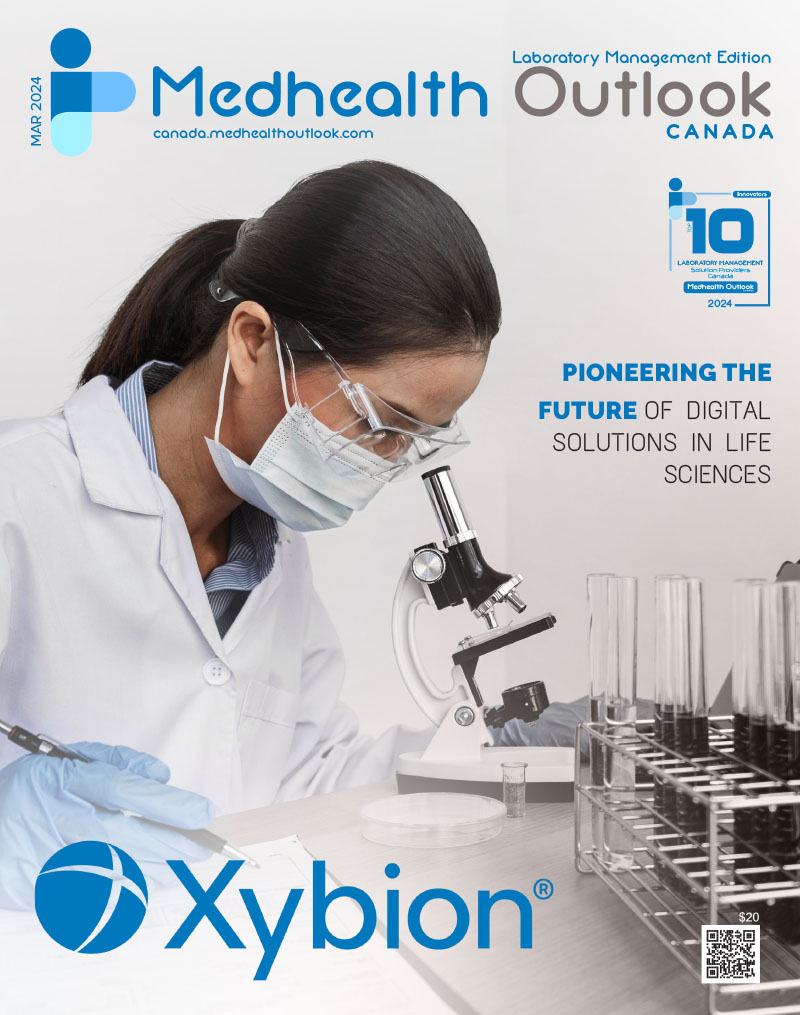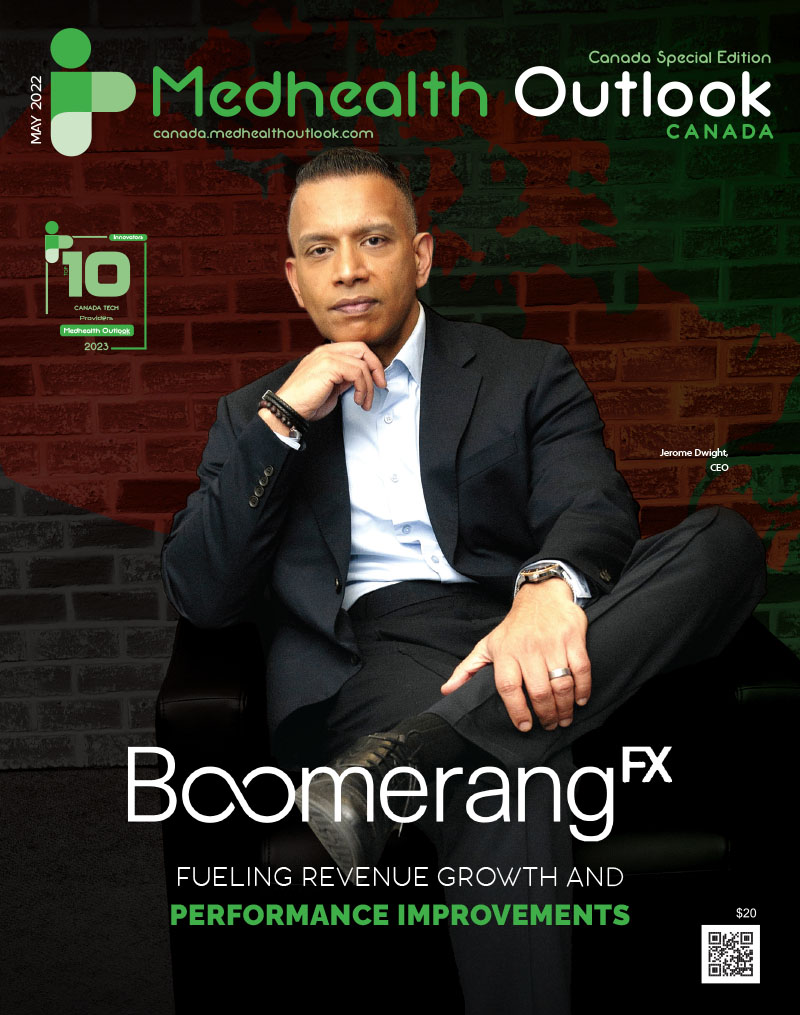In the last 2 years, through my work as a doctor developing services for a digital mens health at Numan I have observed a notable increase in interest from the general public for home diagnostics. The perfect mix of advancements in technology, behaviour change and strain on the NHS have combined to create this demand.
Technology has developed to allow tests to be delivered directly to the patient, cheaply, with fast turnaround for results. One of the best examples is capillary blood testing, where analyser technology now allows for more biomarkers to be tested for on a small volume of blood. The majority of the common biochemistry tests, as well as full blood count and glycated hemoglobin, can now be performed. Patients have the option to take these blood samples themselves using finger prick lancets, without the need of a trained healthcare professional, send the sample in the post and get their results in a matter of days. In many cases results are surfaced directly to the patient digitally, in an easy to understand way, without them having to make any further appointments. Being able to see one’s own results as soon as they are ready, gives a feeling of ownership over one’s own health data and is empowering. It makes people more likely to refer back to results, their explanations, track progress over time and more likely to make relevant healthier behaviour change. This is a far better experience than the traditional model of making an appointment with a doctor, the doctor ordering the tests on a phlebotomy request form, the patient having to take the form to a phlebotomy clinic, the results taking days and sometimes weeks to reach the doctor and then the patient having to wait and book a follow up appointment to discuss the results. Patients are empowered. Similarly there have been advances in genomic tests that have been marketed as consumer products. The sequencing technology has improved so that sequencing and results interpretation can be done in a matter of hours and days, compared with the months and years such analysis took in the past. The results from genomic tests give personalised and clearly actionable recommendations on things like diet and exercise to reduce the chance of disease. The personalisation means the majority of patients see tangible results such as weight loss from their lifestyle changes. In contrast, the results of traditional advice to reduce weight by cutting down on fat, sugar and calories, whilst increasing exercise achieves variable and often disappointing results for many.
COVID changed the nation’s behaviour in so many ways and was the catalyst for widespread uptake of digitally enabled healthcare. People got used to consulting remotely with their healthcare professional, testing themselves and receiving results digitally, with COVID PCR and lateral flow testing becoming part of daily life for many. People were advised to avoid going to places like GP surgeries and hospitals where most urine, microbiology and blood samples had previously been taken, unless absolutely necessary. As we have come out the other side of the pandemic, people have in many cases preferred to continue receiving healthcare remotely, testing themselves whenever possible from their home without the inconvenience of travelling, long clinic waiting times and risk of exposure to infectious diseases prevalent in traditional healthcare settings.













